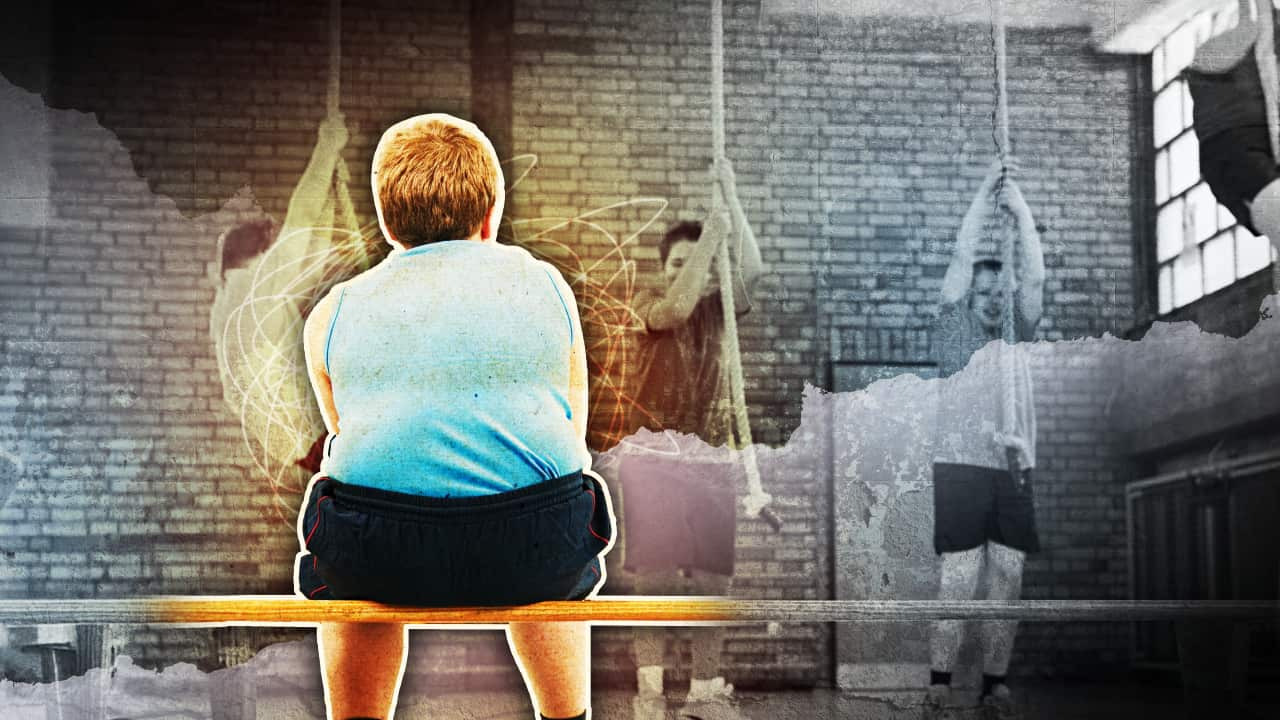“I think all of those experiences … it definitely does contribute to how I feel about my body because it’s like I’m being excluded from these things because my body is different; because my body doesn’t meet those appearance ideals.”

Evie Gardiner struggled with disordered eating and body image after experiencing weight discrimination. Source: Supplied / Evie Gardiner
Throughout her teenage years and young adulthood, Gardiner says she experienced disordered eating, compulsive exercise, food restriction and dissatisfaction with her body.
“I feel a bit more confident in my body and my appearance and I’ve done a lot of work to feel better about myself and address that body dissatisfaction and other related things … [but] I don’t think it’s ever something that I’ll fully get over,” she says.
I’m in a place now where I can challenge those thoughts and I can exist in my life … but I think it’s always going to impact on me as long as these appearance ideals exist and as long as we don’t take action on them.
Weight-based discrimination can lead to lifelong body dissatisfaction. A new report by The Butterfly Foundation — a charity offering support for people affected by eating disorders and body image issues — has shown its far-reaching effects, not only on individuals but society and the economy.

Females aged 15 to 17 had the highest rates of experiencing appearance-based discrimination. Source: SBS News
What is weight-based discrimination?
According to The Butterfly Foundation’s Appearance Ideals report, published yesterday, an estimated 3.1 million Australians aged 15 and over have experienced some form of appearance-based discrimination in the last 12 months. Almost half of them (49.3 per cent) have experienced discrimination over their weight.
The report found an estimated 4.1 million Australians (18.9 per cent) aged 15 and over have experienced body dissatisfaction in the last year. The highest rates were among females aged 15 to 17 and the LGBTIQ+ community.

Females aged 15 to 17 have higher levels of body dissatisfaction compared to other demographics, according to The Butterfly Foundation. Source: SBS News
Reflecting on her teenage years, Gardiner recalls feeling particularly vulnerable trying to meet social expectations and fit in with her peers, which she describes as a “battle”.
“Looking back at my own experience, that was a particularly sensitive and vulnerable time for me and my relationship with my body and my appearance.”
Hungerford says members of the LGBTIQ+ community have higher rates of body dissatisfaction than their heterosexual counterparts.
Very sadly, we see that like many things, the people who are most impacted are the people who are already affected by other areas of disadvantage.
“It’s incredibly important and impactful on young women, but also any other group of people that are under increased pressure. People from the LGBTQI plus community have got increased incidents of body dissatisfaction again due to the social pressure that they feel.”

People from the LGBTIQ+ community experience high rates of body dissatisfaction. Source: SBS News
The cost of appearance ideals
A loss of wellbeing — for example, reduced quality of life, impaired functioning or death — is also considered to be among the economic costs associated with body dissatisfaction and weight-based discrimination.
Body image issues are also linked with an increased likelihood of experiencing other disorders and mental health conditions.
“We’re talking about tens of billions of dollars and millions of people being affected … there are major effects beyond the personal and sometimes very tragic consequences.”
- Do you have a story to share about weight-based discrimination or body dissatisfaction? SBS News wants to hear from you. Email .
For support with eating disorders or body image concerns, call Butterfly National Helpline on 1800 ED HOPE (1800 33 4673) or visit www.butterfly.org.au to chat online or email, 7 days a week, 8am-midnight (AEST/AEDT).
